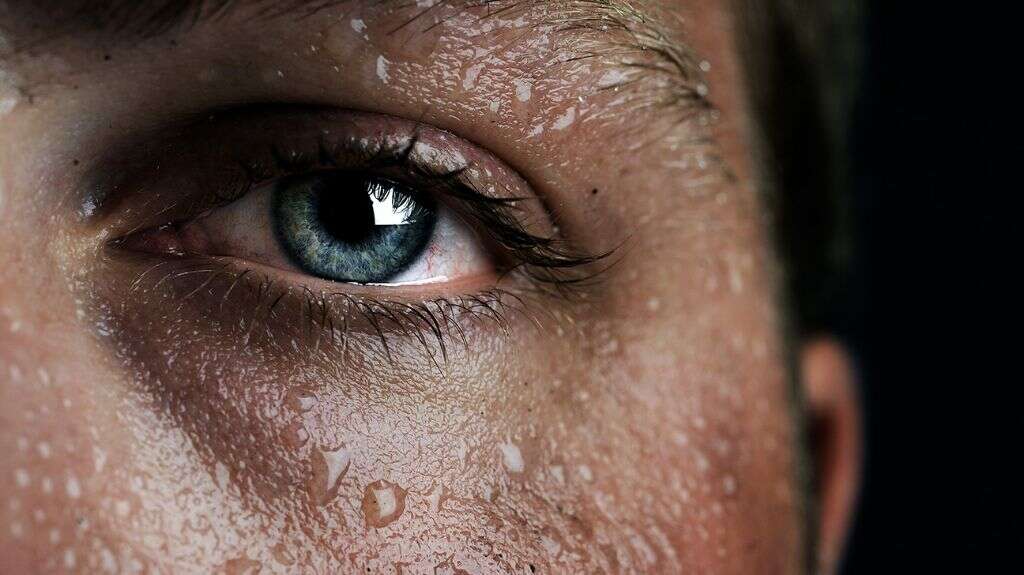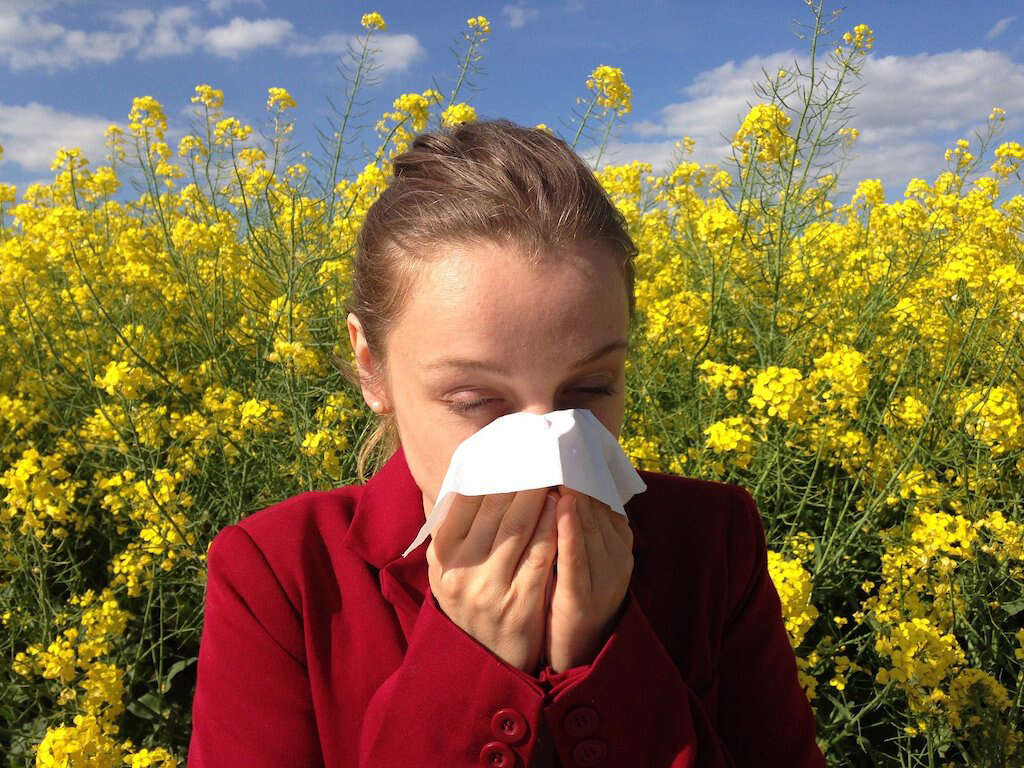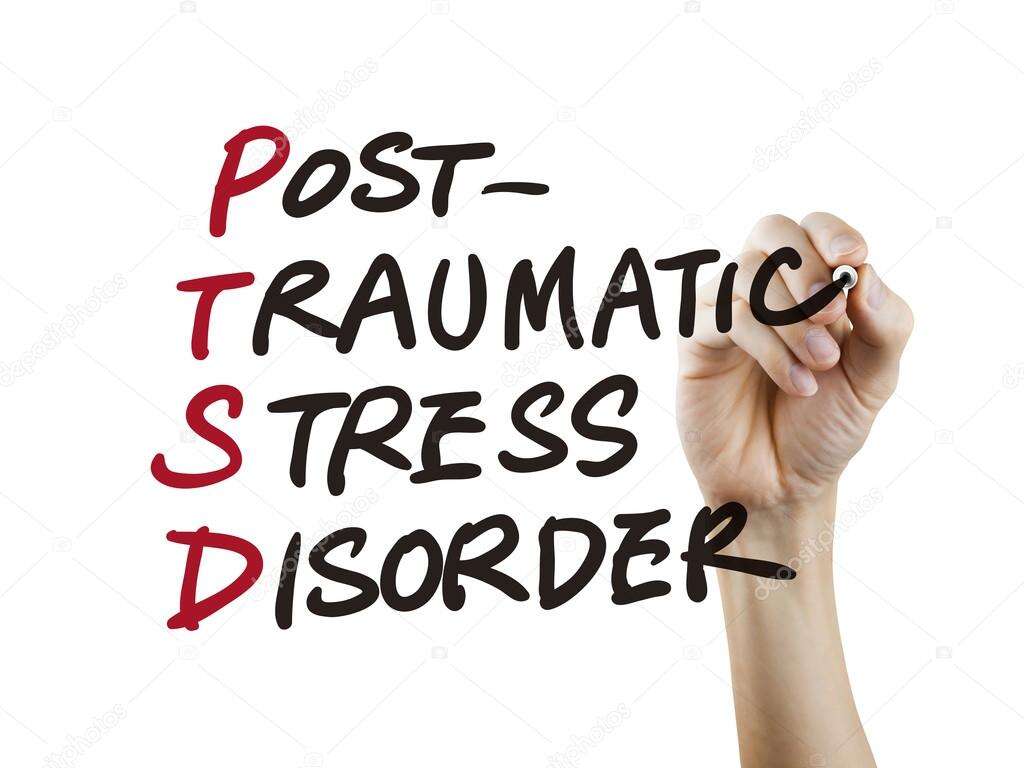What Is Post Traumatic Stress?
After experiencing a terrifying event, an individual can develop post-traumatic stress disorder, or PTSD. This mental health condition is characterized by a number of intense feelings and uncontrollable thoughts. These are usually related to a particular event but can be more general in nature.
Learn more about the common causes, risk factors, symptoms and treatment options for PTSD. Whether you believe you or someone you know may have this condition, it’s important to seek professional treatment options to restore daily life and prevent further episodes that may be shocking, terrifying or troubling.

1. What is PTSD?
PTSD typically occurs after a particularly terrifying event. This mental health condition is common among soldiers after combat, but terrorist attacks, natural disasters, rape and serious accidents can also cause these symptoms. It’s important to understand the signs and symptoms of this condition and that an individual can be living with PTSD even if they haven’t experienced direct combat or other war-time situations.
The most common signs of PTSD are heightened “fight-or-flight” responses. Individuals experience flashbacks or sudden feelings that they are under attack. The resulting emotions and actions can vary dramatically depending on the individual and the situation. These responses could result in feelings of stress, fear, anger or other powerful emotions.

2. What Are the Common Signs of Post-Traumatic Stress?
This condition comes with a wide range of signs and symptoms. Some are emotional, such as intense feelings of distress, emotional disconnection and a negative future outlook. Other signs are physical, such as nausea, increased heart rate and sweating. Look for loss of interest in daily activities as a sign of someone dealing with PTSD. Individuals may avoid certain activities altogether because of a tragedy.
Your memory can also be affected if you’re dealing with this condition. Many individuals report difficulty remembering particular aspects of the event that caused their PTSD. Other individuals continue to remember many details in powerful flashbacks and invasive memories.

3. What Are the Phases of This Condition?
Post-traumatic stress disorder is divided into four distinct phases. While these phases can be experienced in a range of ways, most individuals go through each phase on the road to recovery. The phases are impact, rescue, intermediate recovery and long-term reconstruction.
The impact phase typically includes shock, guilt and fear as initial reactions after the event. Next, the rescue phase includes the first steps of coming to terms with the tragic event. Both intermediate recovery and long-term reconstruction include steps to healing. Some cases of PTSD are never fully cured, but individuals can find ways to cope with this condition.

4. What Causes PTSD?
It can be difficult to determine the exact cause of PTSD. Most cases occur after an intense and traumatic event, such as death in the family, wartime events, serious injury or sexual abuse. However, many individuals survive tragic events without being affected by PTSD or other mental health issues.
Other contributing factors include a family history of mental health, personality and hormone regulation in your brain. Everyone responds to stressful situations and tragedies differently. Long-term trauma or trauma in the absence of a support system is more likely to cause this condition.

5. Who is Affected?
Anyone can be affected by PTSD. Roughly seven or eight out of every 100 people suffer from this condition in the United States. PTSD is more common in women than men, but it can affect any individual at any age.
Individuals don’t have to directly experience traumatic events to develop PTSD. This mental health condition also affects people whose loved ones have suffered a tragedy. Sudden death or a major accident in the family can affect young people in particular.

6. Are There Common Risk Factors?
Understanding the common risk factors can help determine if you or a loved one are likely to experience the symptoms of PTSD.
Most cases occur after long-lasting or intense trauma. This could be immediately after the event or later in life, particularly in cases of childhood abuse. If you have a mental health condition, such as depression or anxiety, it can also increase your risk. Individuals who engage in risky behaviors, such as drug use or excessive drinking, are also at a higher risk.

7. How Are Children Affected?
Approximately 4% of children under 18 years old are affected by PTSD. Children who experience intense trauma in their lives can be diagnosed with this mental health condition. Some are diagnosed immediately after the trauma, while others don’t exhibit symptoms until months later.
The signs and symptoms of PTSD and related treatment options for children are similar to those for adult cases. Children may also worry more about dying, have difficulties in school and begin to re-enact the event while playing. Children may also act younger than their age because of PTSD. These regressive behaviors can include bedwetting and thumb sucking.

8. How is it Treated?
Diagnosing PTSD requires a physical and psychological evaluation. After the diagnosis, a mental health professional will typically assist an individual in learning coping strategies. Positive thinking, cognitive therapy and exposure therapy are all popular strategies for reducing the effects of this mental health condition.
In some cases, medication can also help. A doctor or mental health professional may prescribe antidepressants, anti-anxiety medication or other medication to reduce the symptoms of PTSD and assist in the healing process. Over time, the intensity of emotions and flashbacks can be reduced. Some individuals find a combination of medication and therapy particularly beneficial.

9. What Are Prevention Strategies?
Traumatic experiences can happen without warning. It may not be possible to completely avoid trauma, but you can take steps to prevent PTSD. Many cases occur when individuals don’t have a support network and are already engaging in negative self-talk. Find out how you can increase your resilience to reduce the risk or severity of PTSD.
Discussing your experiences with a trusted friend or spiritual adviser is a great way to reduce the risk of PTSD. Avoiding substance abuse and other risky activities can also help prevent this mental health condition.

10. What Are Related Conditions?
Talk to a mental health professional if you believe you may have PTSD. There are many other related conditions with similar signs and related feelings. Learn more about acute stress disorder, adjustment disorder and reactive attachment disorder to compare these related conditions with PTSD.
Acute stress disorder typically occurs within the first month of an incident. This short-term disorder may lead to PTSD and has similar signs. Adjustment disorder is a range of feelings and symptoms associated with a stressful life event, such as moving, losing a loved one or losing a job. Reactive attachment disorder is a childhood disorder occurring after severe social neglect or deprivation in early childhood.












